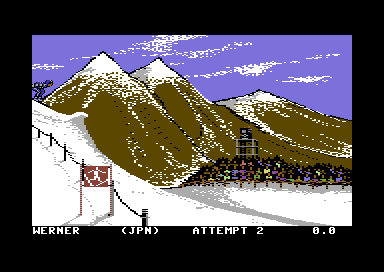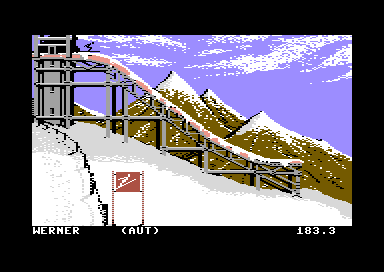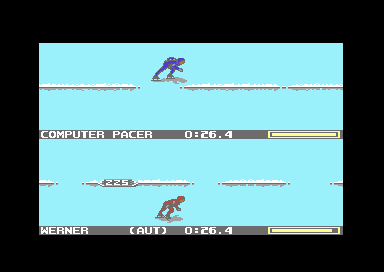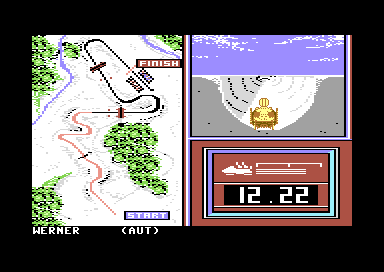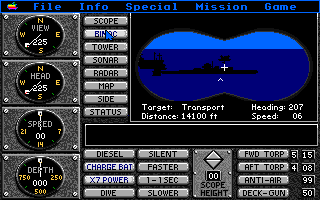
iBook G3 (“Clamshell”)
http://darth-azrael.tumblr.com/post/170940923798/ibook-g3-clamshell
The iBook G3 Clamshell model was the first portable entry into Apple’s revamped computer line. It closely mimicked the design of the iMac that had been released the previous year, including polycarbonate construction and bright transparent colors. The iMac was initially released in August 1998 while the iBook was released in June 1999.
People either loved or hated the iBook but there is no doubt it is a large part of what changed Apple’s fortunes. Without the iMac and iBook there probably would have been no iPhone or even Apple today. Leading up to the release of these machines, Apple had a confusing array of computer products that were rapidly becoming dated and Apple was in relatively poor shape financially. The iMac and iBook started to turn all of that around.
The Good
The original iBook represented a major design change from the previous Power Book Line and offered a number of innovations. The biggest was being the first laptop sold with integrated (albeit optional) wireless networking. Today you wouldn’t dream of buying a laptop or any mobile device without Wi-Fi capability but the iBook was the first laptop to offer it as a built-in option. Owners of all other laptops at the time would have to buy a PC Wi-Fi card in order to add Wi-Fi capability to their laptop. Around the same time Apple also introduced the AirPort Wireless Base Station that you could connect to your router or modem to add wireless capability. Also, while the iBook wasn’t necessarily the first laptop to offer USB and built-in ethernet, it was among the first popular consumer models to do so.
The Bad
The biggest downside to the iBook was that it was a relatively expensive and relatively modest performing computer. The hardware was not as impressive as the PowerBook models that were released earlier in the year though the iBook was cheaper than those. The initial price of the iBook was $1599. A CompUSA ad from the time period the iBook G3 was introduced has a Toshiba laptop with a Celeron 400 processor that would have been modestly faster than the iBook in most tasks and it was roughly the same price. In addition, it had twice as much RAM (64 MB vs. 32 MB standard in the iBook) and a larger hard drive (6.4 GB vs. 3.2 GB standard in the iBook). But then it is still true today that you can generally find equivalent hardware in a PC laptop quite a bit cheaper than in a MacBook.
Another downside to the iBook was that it was harder to upgrade. There was a slot for the AirPort card that was easy to get to so that could be added or upgraded with little difficulty. There was also a RAM slot that was easy to access, however the RAM the system came with was soldered in so it was less upgradeable than most PC laptops. The hard drive could technically be upgraded but it was relatively difficult to get to, requiring the removal of 40 screws.

The Controversial
Then there were the design decisions that really divided people. The most obvious is the physical design. Some people loved the clamshell design and fun colors of the iMac like design, including transparent blueberry and tangerine colors initially. Others compared it to Barbie’s toilet. At the end of the day though, enough people liked it to make it a big seller for Apple. They were certainly very distinctive and popped up in movies and TV shows at the time fairly frequently. The other controversial decision was the removal of legacy ports. Previous Apple laptops typically included a SCSI port, PC Card slot and infrared. The iBook did not have these and initially also did not have firewire though this was added in later models. While removal of these ports was a good thing in the long run, initially for those that had significant investment in SCSI hardware or PC Cards it would have made an iBook an expensive upgrade.
The original iBook G3 Clamshell
included the following hardware:
- CPU: 300 MHz PowerPC 750 (G3)
- Level 2 cache: 512 KB @ 150 MHz
- Bus: 66 MHz
- RAM: 32 MB standard (soldered)
- Video: ATI Rage Mobility (2x AGP)
- VRAM: 4 MB
- Display: 12.1″ 24-bit 800×600 SVGA 83 ppi color active matrix
- Hard Drive: 3.2 GB UltraATA-33
- CD-ROM: 24x
- USB: 1 USB 1.1 port
- Ethernet: 10/100Base-T
- Modem: V.90 56k
- Wi-Fi: 802.1b AirPort (optional)

